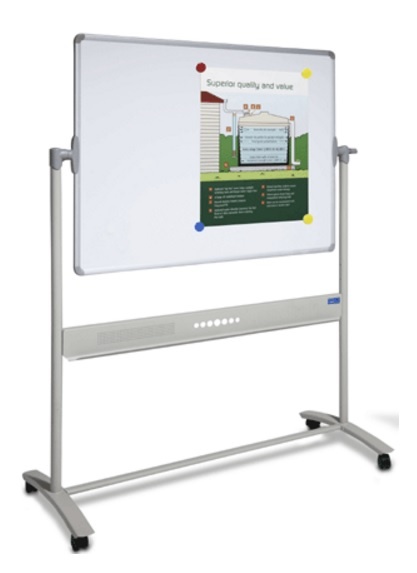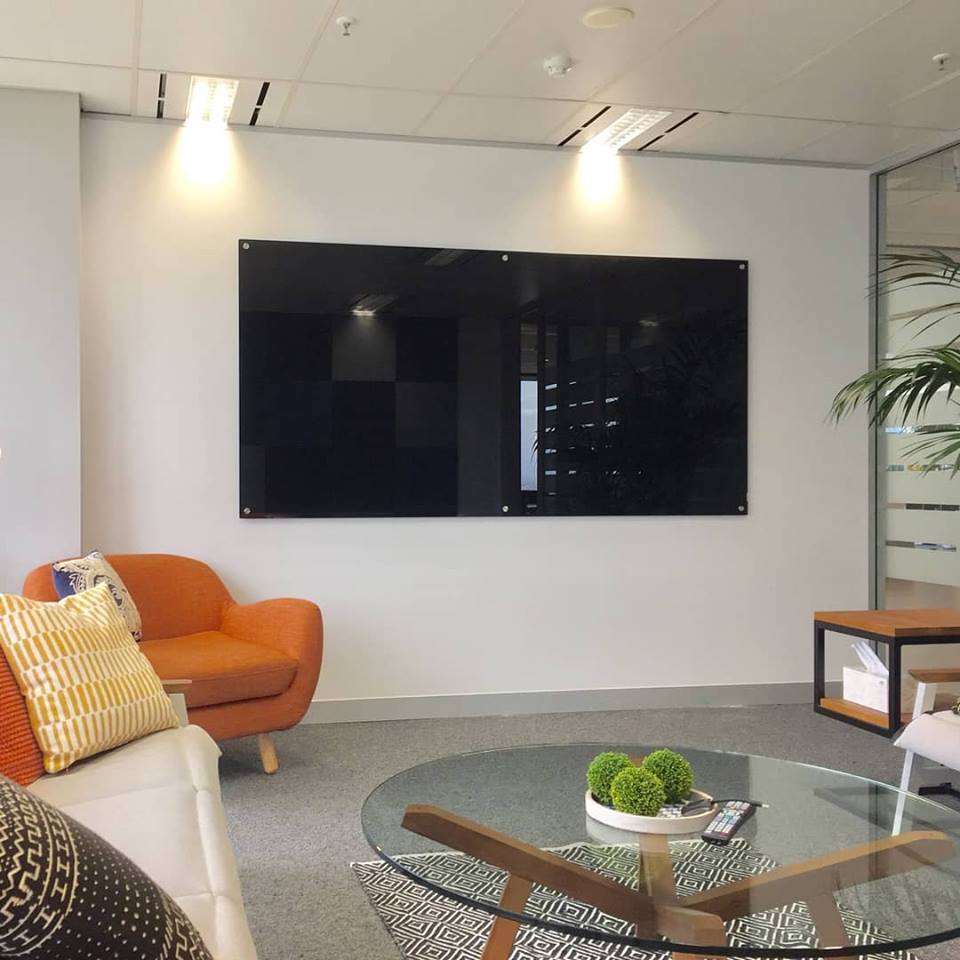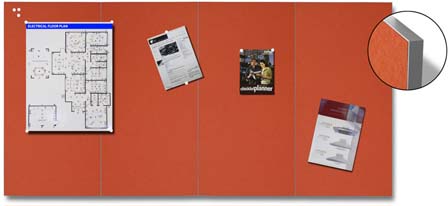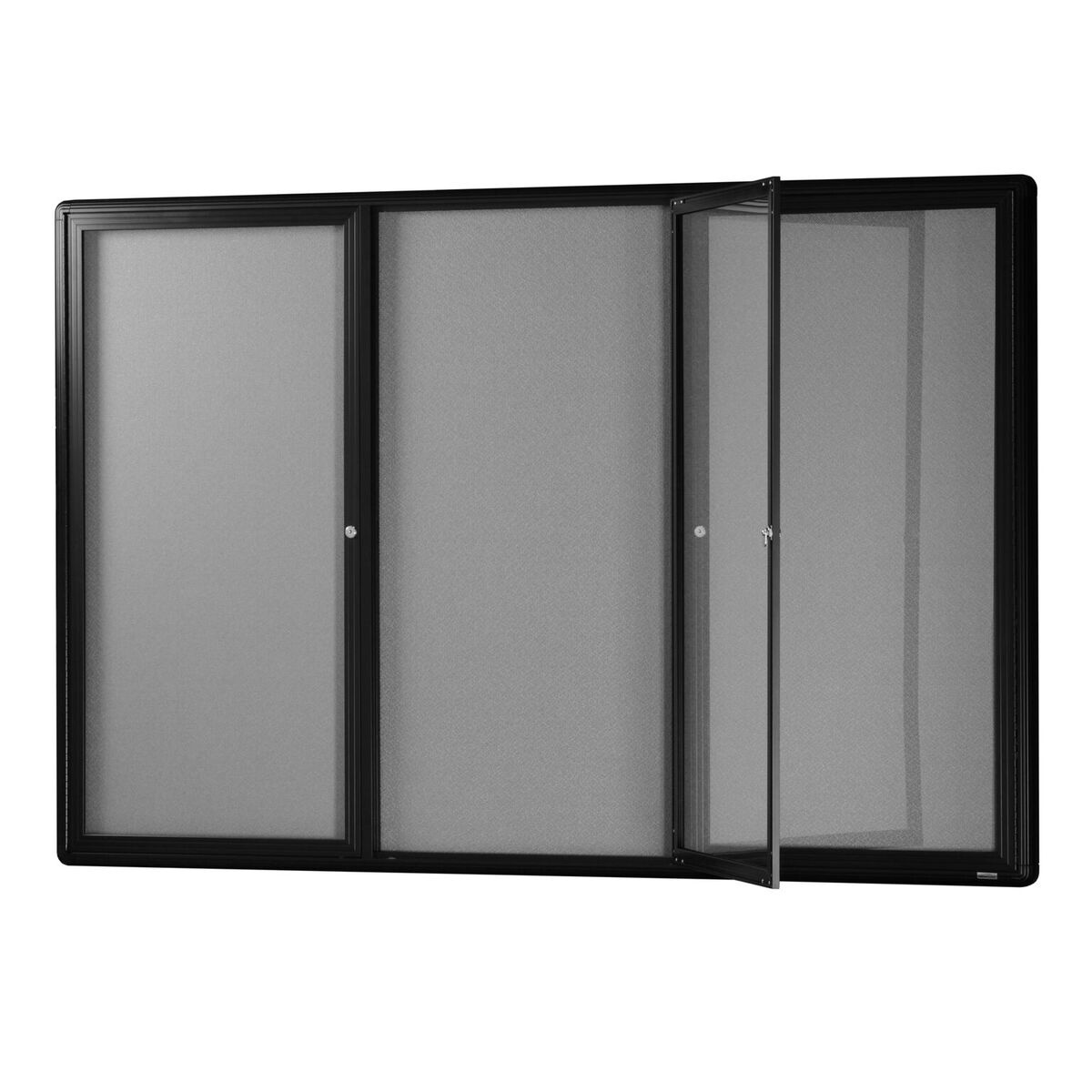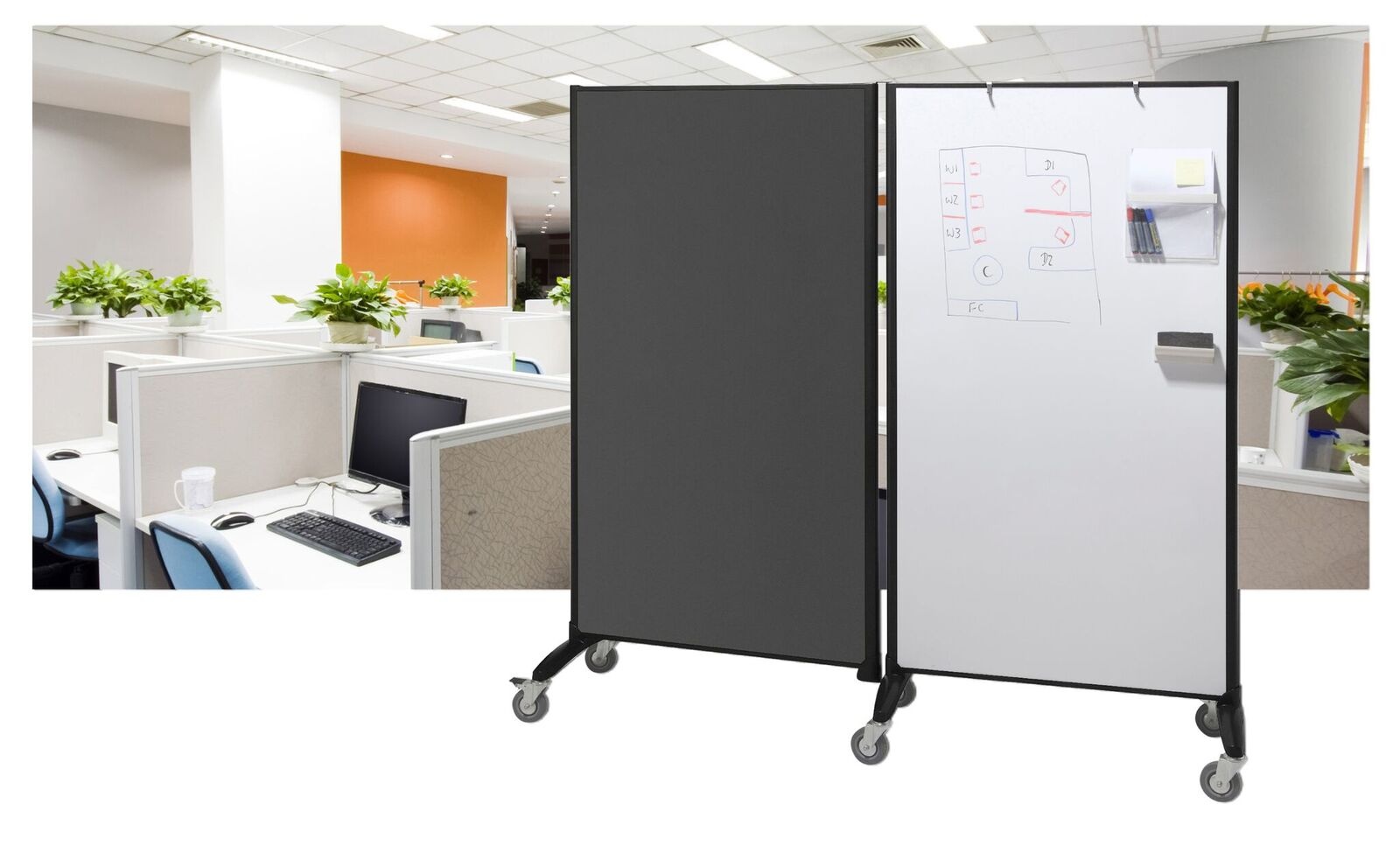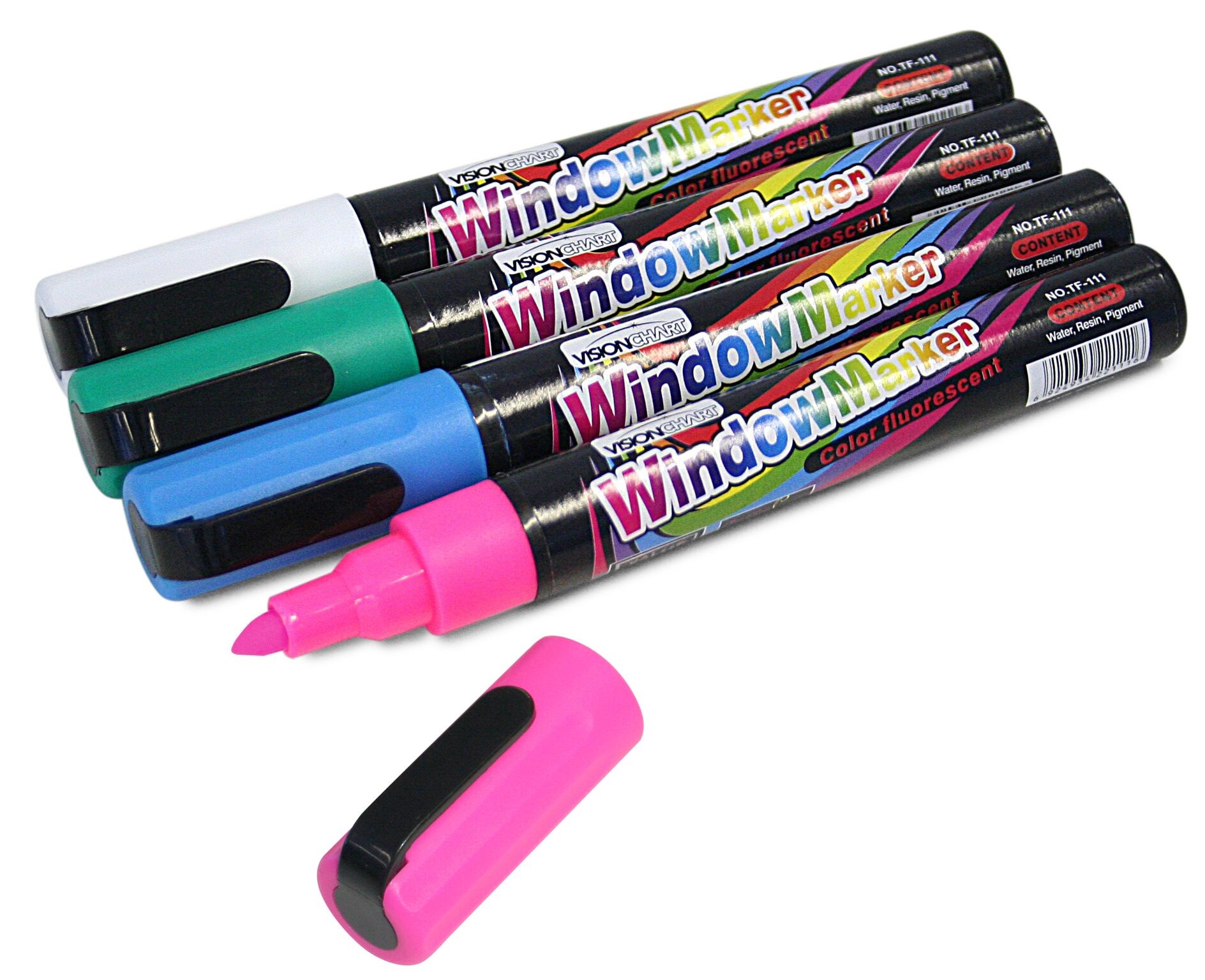Glass whiteboards are attractive and adaptable, but that’s not all of their benefits. As a way to show written information visually, there is evidence that using a whiteboard can boost your thinking, communication, problem-solving and teaching skills.
Whiteboards get you thinking visually
Visualisation is high among the human mind’s superpowers. By thinking visually, rather than just using visualisation for memory, you can often solve complex problems that you just can’t crack when thinking in words.
You might have noticed that when you draw out a problem on a piece of paper it suddenly becomes clearer. A whiteboard lets you undertake this same process on a large scale for an audience.
When you break a complicated issue into smaller, simpler parts and then draw the relationships visually, you and your team can engage the issue holistically.
This happens because the human brain processes images 60,000 times faster than it does text. Using a glass writing board lets you engage this superpower.
Writing by hand on a glass board
With mobile phones, laptops and instant messaging, handwriting isn’t regarded as a critical skill anymore. But, according to research on notetaking published in the Journal of Psychological Science, there is something special about handwriting. The study measured classroom performance of students taking notes on a laptop or writing longhand.
The handwriters had a clear advantage in remembering information. They also understood the relationships within the material differently. The advantage of handwriting persisted even after the students were given a week to review their notes before testing.
This note taking edge would also be apparent when writing on a glass whiteboard.
Handwriting encourages mental development
Studies have found that the self-generated mechanics of drawing letters actually improves cognition. Work by the Indiana University compared brain scans of children before and after learning handwriting.
The children who’d practiced physically writing letters had more advanced neural activity than children who’d just looked at letters.
The study also found that the areas of the brain most active in reading were activated while handwriting, but not while typing. Essentially, physical handwriting literally forges and reinforces pathways in the brains of children.
If kids are encouraged to use a classroom’s glass writing board, it is therefore likely to improve their neural activity, encourage categorisation skills and boost learning.
Colour improves performance
It turns out there’s a reason for a tendency to reach for every colour of whiteboard marker whenever you have to take notes.
Work published in The journal Communications of the ACM found coloured notes improve recall time and accuracy of information - especially for graphs and charts.
The key seems to be judicious use of colour coding. This short list might help you choose the right colour for the right application:
- Black - on a whiteboard, black is a neutral colour that offers the sharpest contrast for easy reading.
- Green - with a low electromagnetic wavelength it promotes calmness, thus improving efficiency and focus.
- Orange - a mood-lifter that is thought to trigger an increase in oxygen supply to the brain.
- Blue - a soothing colour that aids reading comprehension and overall concentration.
- Red - an urgent colour to be used sparingly. Use it only for highlighting critical attention points.
Bringing a workplace together around a glass whiteboard
The well-known ‘watercooler effect’, the deeper sense of cohesion and understanding that results from teams that have an informal activity hub, can also occur around a whiteboard - provided management understands the whiteboard is solely for the team’s unstructured and unmonitored use.
An office whiteboard installed as a place where staff are encouraged to gather, linger, chat and leave messages for each other makes a great activity hub.
Glass writing boards can do it all
Glass whiteboards don’t just look good. They have proven beneficial uses in problem-solving, office interaction, learning and even neurological development. So, if you’re solving a hard problem, brainstorming with your team or teaching a class, a glass writing board is a tool to trust.
